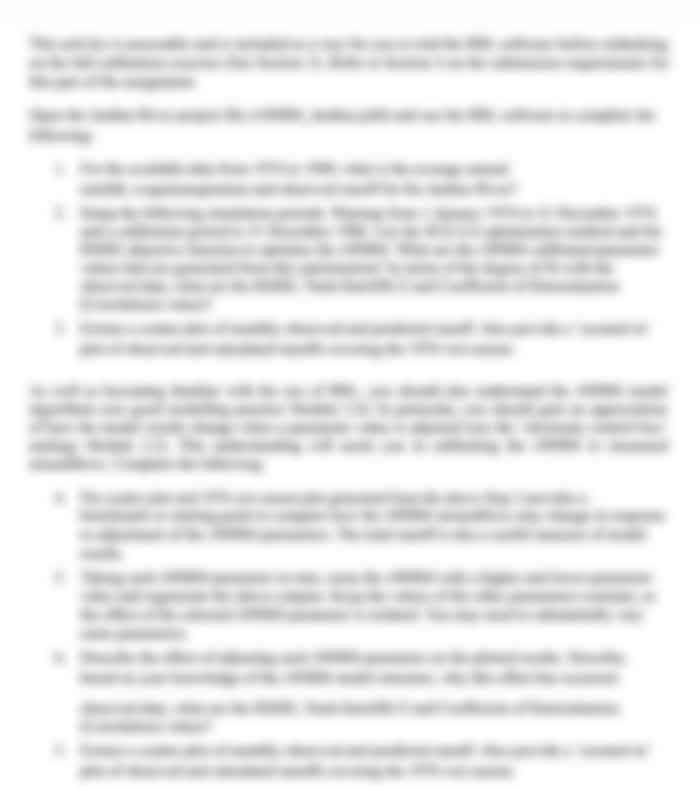9001SMGT Strategic Management Assignment
- Subject Code :
9001SMGT
- Country :
Australia
Strategic vision, mission, values and objectives
Company Xs vision, mission, values and strategic objectives align and centre around attracting beauty consumers and building loyalty. Table 1 displays Company Xs vision, mission values and strategic objectives.
Table 1 Company Xs strategic vision, mission, values and objectives

1.1 Vision
A strategic vision is the companys long-term direction and aspirations (Thompson et al. 2022). Company Xs vision succeeds in all the dos of Figure 1. Furthermore, it is a catchy slogan that is easy to remember and effectively captures Company Xs future (Thompson et al. 2022).
Company X is living out its vision as it has created a community where beauty consumers can share their love for beauty products in-store and online. Building interaction between a brand and its customers is key to building loyalty and a community (Wang, Chan & Yang 2013). Company X strives to be the first choice for beauty consumers, and one of the ways they aim to do this is through their mission (Company X 2022a; Company X 2022b).
Figure 1 The dos of wording a vision statement

1.2 Mission
A mission statement is the companys purpose and business in the present (Thompson et al. 2022). Company Xs purpose is to be a fearless leader in the beauty industry. Company X showcases fearlessness by being disruptive in the beauty community, especially as the founder was the first to create the assisted self-service shopping experience.
Furthermore, Company X inspires beauty consumers to be confident and follow no beauty rules. An effective mission statement motivates stakeholders and shareholders to work towards the vision (Jones & Jones 2014). The mission statement envisions an inclusive future and enhancing the customer experience. However, there are better adjectives representing Company X than welcoming. Welcoming should be replaced with captivating to represent how customers enjoy their shopping experience and are captivated to visit again. Company X embodies its mission and vision in its values statement.
1.3 Values
Company values are the behaviour, traits and beliefs the company expects to embody when pursuing its mission and vision (Thompson et al. 2022). Company Xs distinctive values represent its unique customer and employee experience and shopping environment, which drive the business ahead of the curve. Furthermore, Company X has a subset of company values representing the culture it desires its employees and clients to embrace. Table 2 displays examples of how Company X fulfils its values.
Table 2 Examples of Company X fulfilling its values

1.4 Strategic objectives
Company Xs vision, mission and values align with its strategic objectives. Strategic objectives are derived from the vision and mission to set specific performance targets (Thompson et al. 2022). Table 3 analyses Company Xs objectives against its vision, mission and values.
All the objectives contribute to Company X achieving its vision and becoming the number one beauty destination. Educated beauty advisors and trendsetting technology to enhance the customer experience are compelling for beauty consumers to return. Company X is an example of fearlessness as they were one of the first beauty retailers to conquer omnichannel retailing before most businesses in the beauty industry went online (Sailthru 2021).

Porters Five Forces framework
Porters Five Forces framework assesses the companys industry and competitive environment (Thompson et al. 2022). The Five Forces framework investigates the strength and nature of an industrys competitive forces and whether they support high industry profitability (Dobbs 2014; Thompson et al. 2022). Table 4 analyses the five forces contributing to Company Xs competitive pressures.


Table 5 illustrates the reasons for the high competition in the beauty industry.

Table 6 shows the market share of Australian beauty retailers.

3 VRIN test
The VRIN test assesses which companys strategies contribute to or interfere with being sustainably competitive over its rivals (Talaja 2012). The test investigates a companys resources and capability through the VRIN acronym valuable, rare, inimitable, and non-substitutable (Thompson et al. 2022). Table 7 shows the VRIN analysis of Company Xs brand presence, beauty products, beauty advisors, and research and development (R&D).

3.1 Brand presence
Company Xs brand presence in the beauty community is unique. The signature black and white stripes and sometimes a touch of red in the branding indicate to beauty consumers that Company X is around.
Company X has been established for over 50 years, so the brands reliability is well-known, and the brands presence is expensive to imitate. While there is no substitute for the Company X experience, rivals establish and expand their brand presence in Australia, specifically Mecca Brands.
3.2 Beauty products
Company X offers a diverse range of luxury products that are accessible to everyone. While some brands are exclusive to Company X, others can purchase from other retailers. Furthermore, other brands can imitate the products as suppliers often share their facilities with multiple brands. Moreover, Company X's products are not unique, as other beauty retailers sell substitutes.
3.3 Beauty advisors
Company Xs beauty advisors are vital to the profitability of the company. The beauty advisors educate and assist customers in-store and are responsible for building loyalty. However, their skills and knowledge are not rare because other beauty stores employ beauty advisors. Furthermore, influencers and online tutorials provide beauty tips.
3.4 Research and development
R&D in the technology aspect of the customer experience is crucial for Company X to stay competitive. In the digital age, technological advances are critical to staying ahead of rivals (Kozielski & Sarna 2020). Initiating R&D is possible, but it is expensive to recreate. Furthermore, AI and AR in beauty tools is rare, so finding substitutes is difficult.
4 SWOT analysis
Investigating the success or failure of a strategy is essential to uncover the underlying reasons of the outcome. SWOT analysis examines the internal and external resources that contribute to the business positively or negatively (Namugenyi, Nimmagadda & Reiners 2019).
SWOT is an acronym for the strengths and weaknesses of the company, opportunities in the market, and threats to the company (Thompson et al. 2022). Table 8 displays the SWOT analysis of Company X.

Are you struggling to keep up with the demands of your academic journey? Don't worry, we've got your back! Exam Question Bank is your trusted partner in achieving academic excellence for all kind of technical and non-technical subjects.
Our comprehensive range of academic services is designed to cater to students at every level. Whether you're a high school student, a college undergraduate, or pursuing advanced studies, we have the expertise and resources to support you.
To connect with expert and ask your query click here Exam Question Bank

